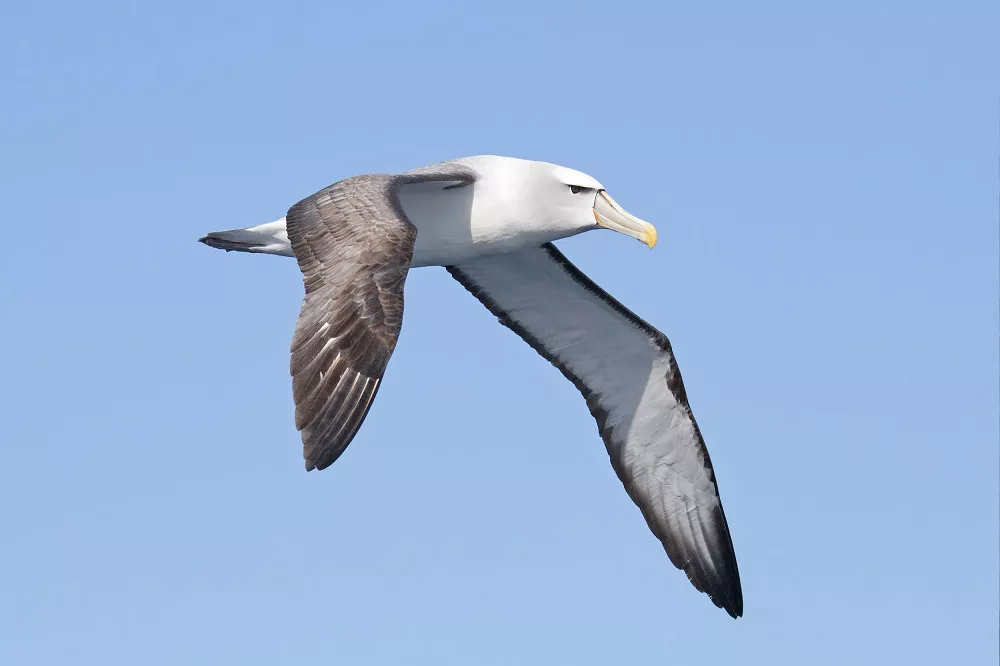Bird enthusiasts and nature lovers around the world often marvel at the sight of the majestic albatross. With its massive wingspan and graceful flight, the albatross is a sight to behold. But what does an albatross look like, and what are some of its unique characteristics? In this article, we will explore the appearance of the albatross in detail.
The albatross is a large seabird that belongs to the family Diomedeidae. There are 22 species of albatrosses in the world, and they are found primarily in the southern oceans around Antarctica, the southern Atlantic, and the southern Pacific. Albatrosses are known for their long wingspans, which can reach up to 11 feet in some species, and their ability to fly great distances without flapping their wings.
Appearance:
Size
Albatrosses are some of the largest birds in the world, with wingspans that can exceed 11 feet (3.4 meters) in some species. They can weigh anywhere from 4 to 33 pounds (1.8 to 15 kilograms) and can stand up to 4 feet (1.2 meters) tall. Compared to other birds, they have relatively short legs and thick, strong bills.
Plumage
Albatrosses have a variety of feather colors, with most species having predominantly white, gray, or black plumage. Some species have colorful markings on their beaks or around their eyes, such as the Laysan albatross with its bright orange bill. The feathers are also uniquely adapted to help albatrosses fly, with long and narrow wings that are ideal for gliding over the ocean.
Wingspan
Albatrosses have the largest wingspan of any bird, with some species able to reach over 11 feet (3.4 meters) in length. The wings are narrow and pointed, which allows albatrosses to fly efficiently over long distances without expending too much energy. The wings also have a unique locking mechanism that helps albatrosses maintain stability in strong winds.
Beak and Eyes
Albatrosses have long, sharp beaks that are adapted for catching prey in the water. Some species have a hooked tip on their beak that helps them grab onto slippery fish. Their eyes are also unique, with some species having the ability to see ultraviolet light, which can help them spot prey in the water.
Behavior:
Albatrosses are known for their impressive flying abilities and their ability to stay aloft for hours or even days without flapping their wings. They use a technique called dynamic soaring, which involves flying in a pattern of upwind and downwind arcs to gain energy from the wind. This allows them to travel long distances without using much energy.
Albatrosses are also known for their lifelong monogamous relationships, with pairs returning to the same breeding sites year after year. They build large nests on the ground or in rocky crevices and lay a single egg per breeding season.
Habitat:
Albatrosses are found primarily in the open ocean, where they feed on fish, squid, and other marine animals. They are known to travel great distances, with some species flying up to 10,000 miles in a single journey.
Conclusion:
In conclusion, the albatross is a remarkable bird with a distinctive appearance and impressive flying abilities. With its massive wingspan, strong beak, and elegant flight, the albatross is a sight to behold. Whether you are a bird enthusiast or simply appreciate the beauty of nature, the albatross is a bird that is sure to captivate your attention.
Related topics:


 Facebook
Facebook  Instagram
Instagram  Youtube
Youtube 